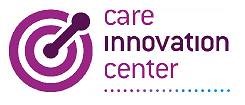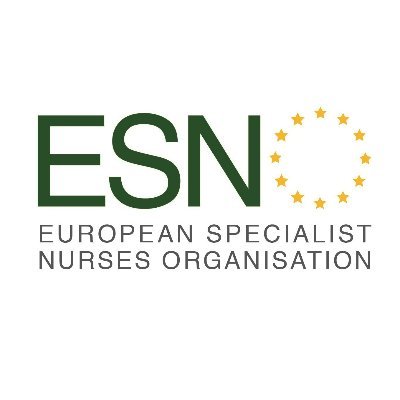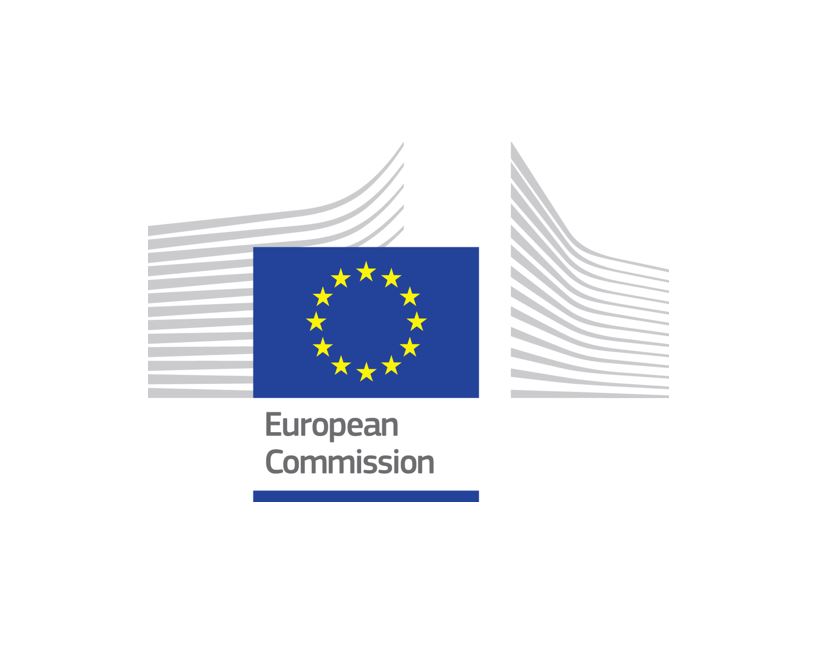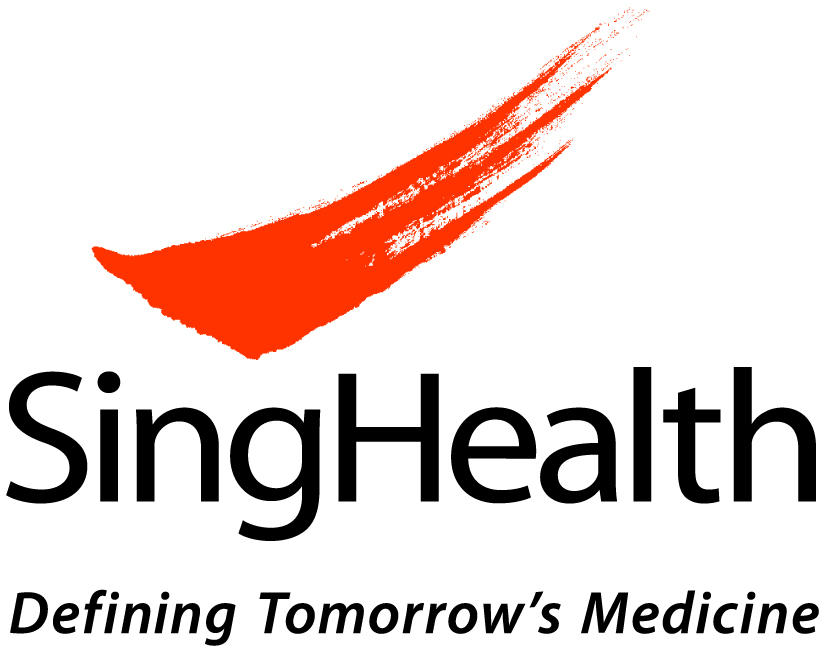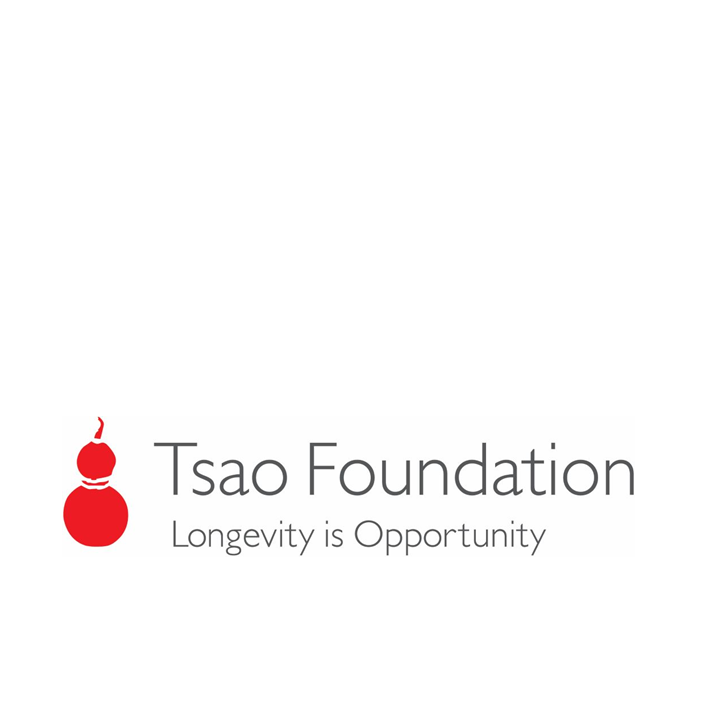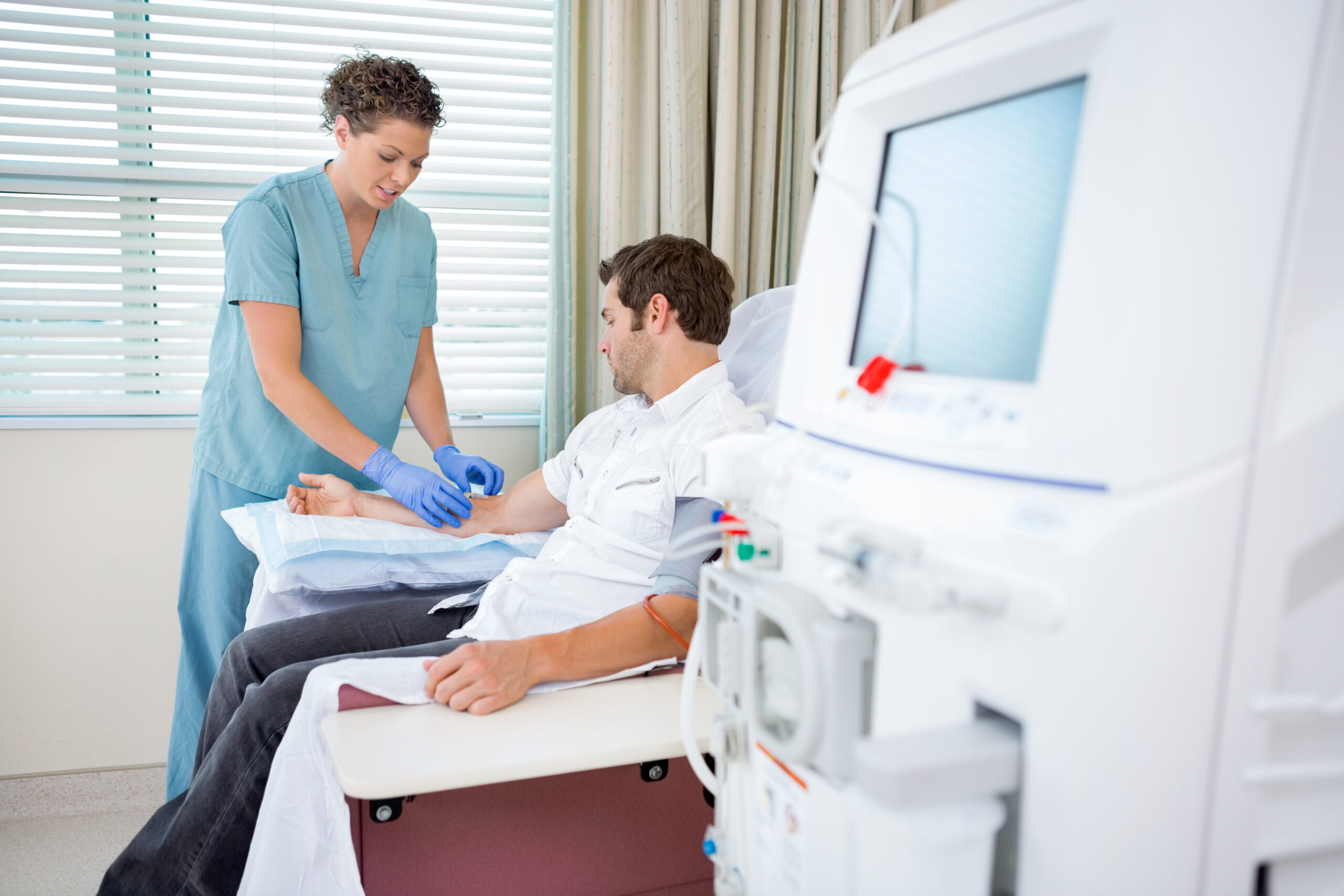Adding Evidence to
Healthcare Innovation.
Medical advances in history: Vaccines, Anaesthetics, Germ therapy, Medical Imaging, Antibiotics, Organ Transplants, Antiviral Drugs, Stem Cell Therapy, Immunotherapy. Innovations that are expected to revolutionize healthcare: AI, 3D Printing, CRISPR Gene Editing, Virtual Reality, Smart Bandages.
Innovation in healthcare encompasses a broad range of applications from novel therapies, surgical procedures, tools, tests, to new approaches to training, education, procurement, and service delivery models. Multiple factors such as an aging population, sharp rises in long term conditions, reduced funding, increased patient expectations, the threat of pandemics, and the shortages in the availability of skilled staff highlight a constant need for innovation in healthcare. Since healthcare systems are struggling to make the most of innovations, it is crucial to understand the features of an innovation, the characteristics of its potential adopters, and the implementation process.
We support you in strengthening your understanding of the features that are important for the adoption of your innovation.

It is frequently stated that the discovery-to-practice gap in healthcare averages 17 years. The need to move faster is recognised by many. With the call for speed comes the question: what factors influence speed?
With different needs of information in the various phases of the innovation-decision model and the challenge to go fast but not do harm, it is of utmost importance to obtain the right level of evidence to facilitate informed decision making during the innovation cycle. For example, for a stakeholder to form an attitude about an innovation, information about its relative advantage, its compatibility with current beliefs and practices, its complexity, how easy it is to try, and whether one can watch someone using it all contribute to the decision to (not) adopt an innovation.
We support you in obtaining the required evidence for your innovation to support its timely translation into practice.

The challenge of our time is to simultaneously improve health and care equity, improve population health, reduce cost of care, enhance the patient experience, and improve provider satisfaction.
When it comes to innovation, what and how you measure matters. Metrics must be tailored to the goals of innovation and dependent on the type of efforts put forward. After all, innovation can spread, run as expected, diminish in scope, or even stop, and innovation can demonstrate higher than expected value, value as expected, or lower than expected value. As part of the innovation-decision cycle, stakeholders continuously judge the credibility of evidence.
We apply in-depth and comprehensive competencies in theory and research methods to help thrive your innovation and achieve improvements for individuals, organisations, networks, and systems in different contexts.

Let us support you in making your innovation count.
What others say about Panaxea
Cases & Publications
